
Choosing the Right Running Shoe
With all the different types of shoes on the market how do you separate the marketing from the facts and decide which is best for you? The first thing to
This morning we had our third ‘Intro to Trail Running’ session in and around the Sand Dunes. Attendance has grown each time, which is awesome to see, but I am aware that not everyone is able to make these events. For those that haven’t been able to make it down, I’ve created a short article summarising the main points as they relate to the how’s, why’s and what’s of this beautiful sport.
What is trail running?
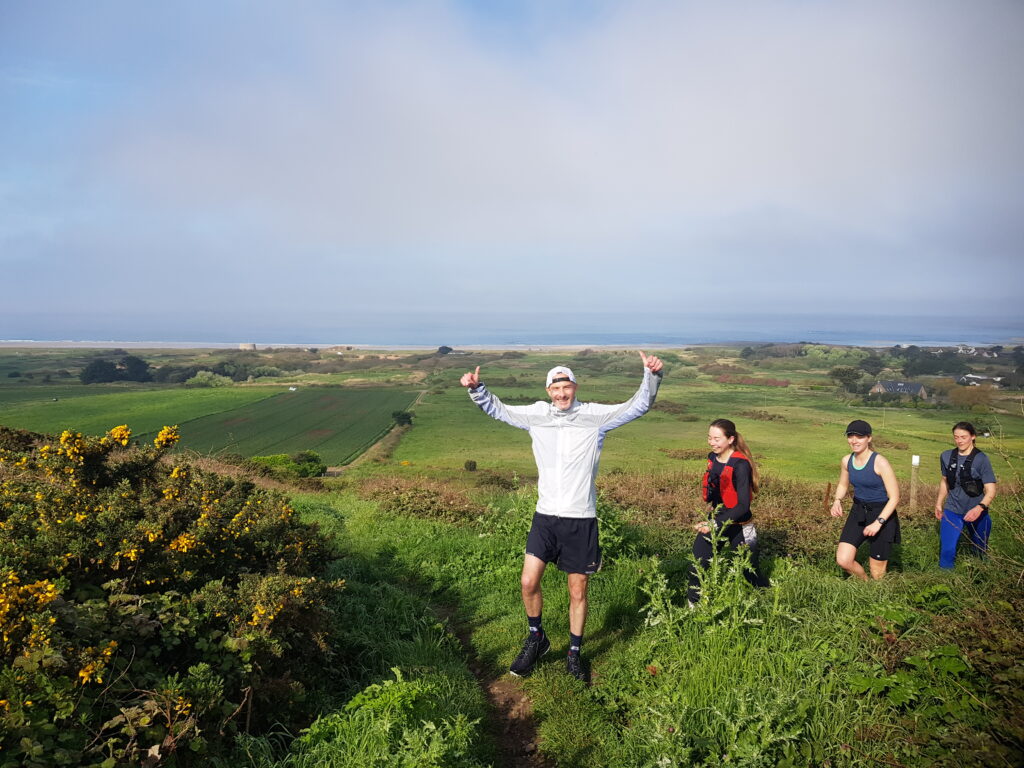
Benefits of trail running
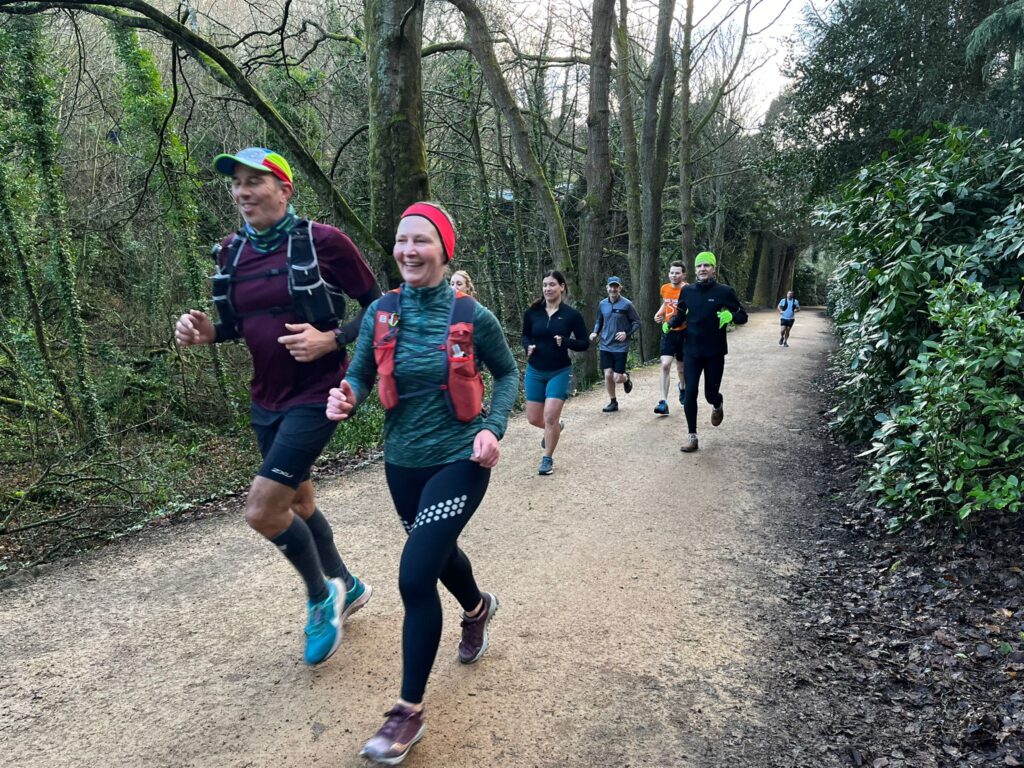
What do I need to think about before starting?
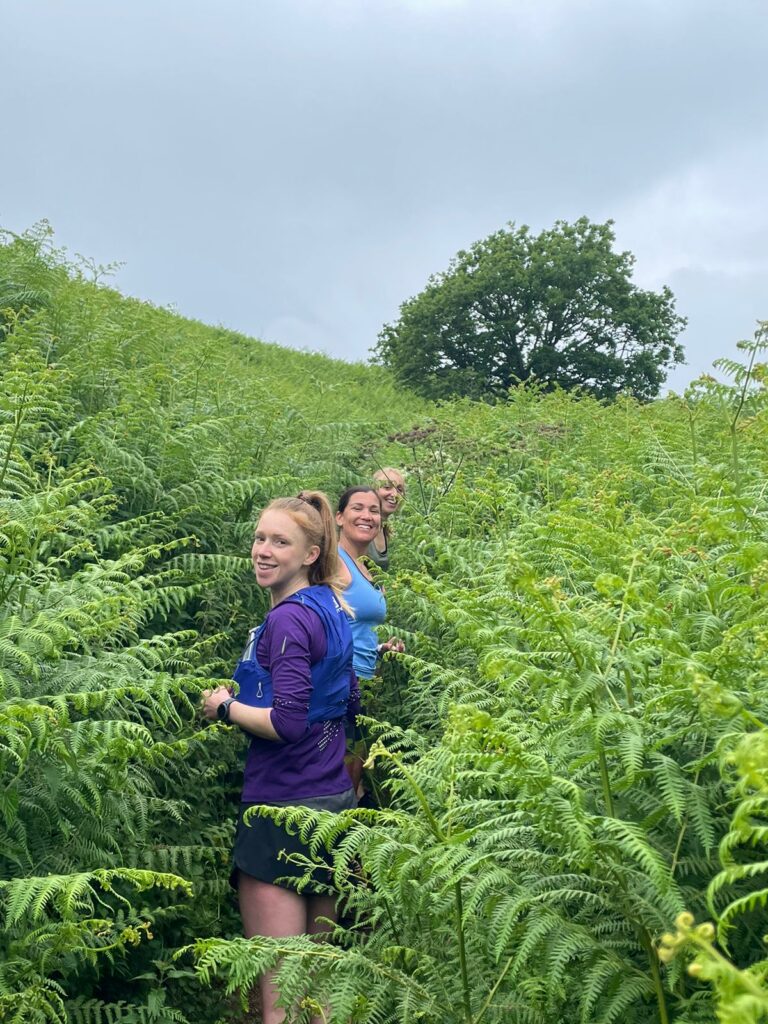
Flat-ground technique

Downhill technique
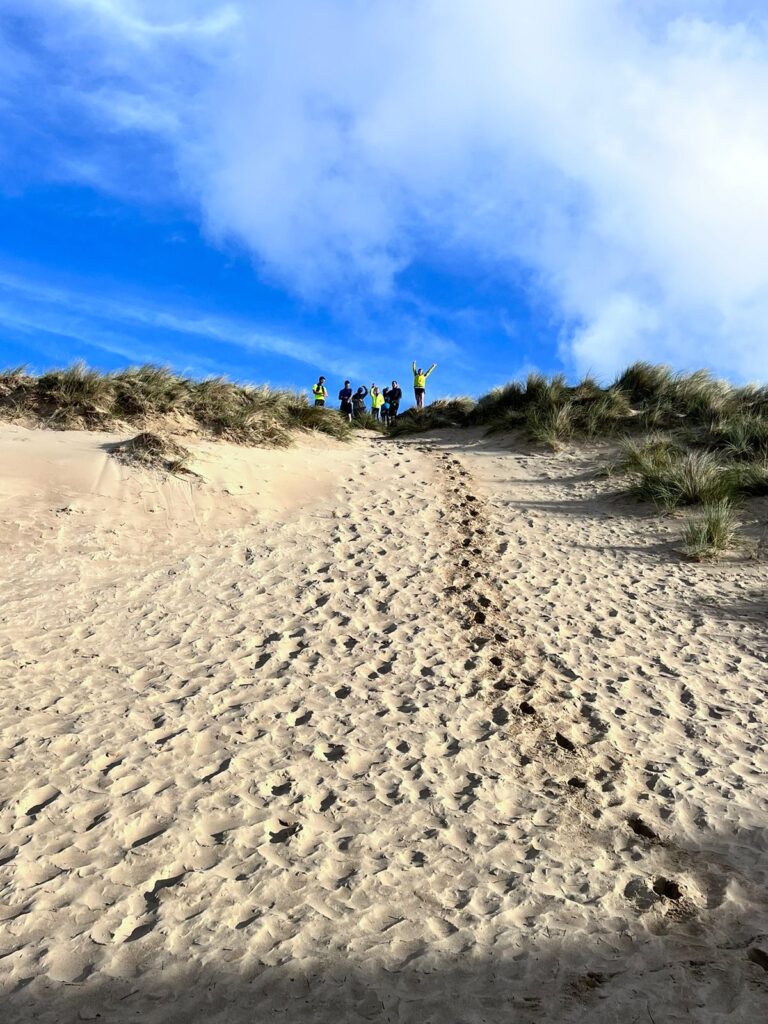
Uphill technique
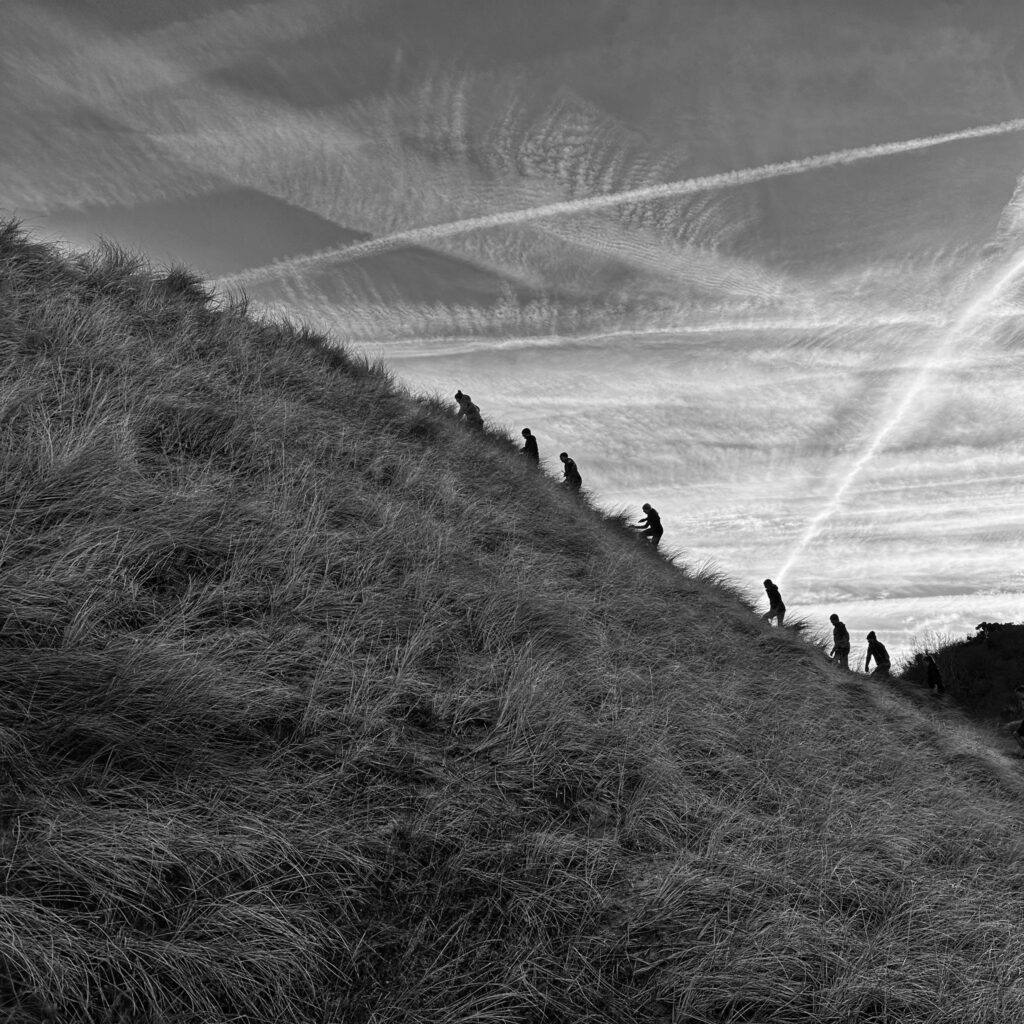

With all the different types of shoes on the market how do you separate the marketing from the facts and decide which is best for you? The first thing to
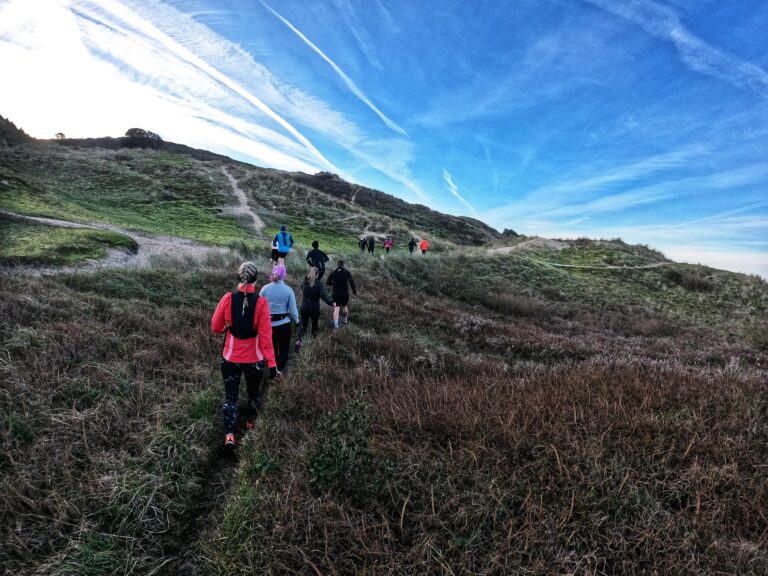
This morning we had our third ‘Intro to Trail Running’ session in and around the Sand Dunes. Attendance has grown each time, which is awesome to see, but I am

So I’m writing this a week out from finishing. It was definitely wise that I didn’t write up my report straight away because it would have mostly consisted of me

© Rock N Road 2024 - All Rights Reserved